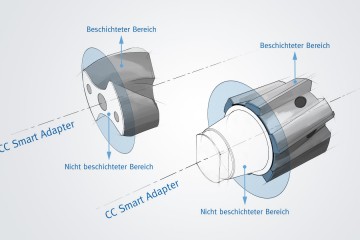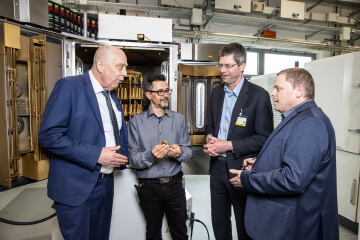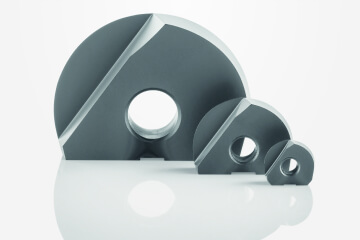
The future is aluminum
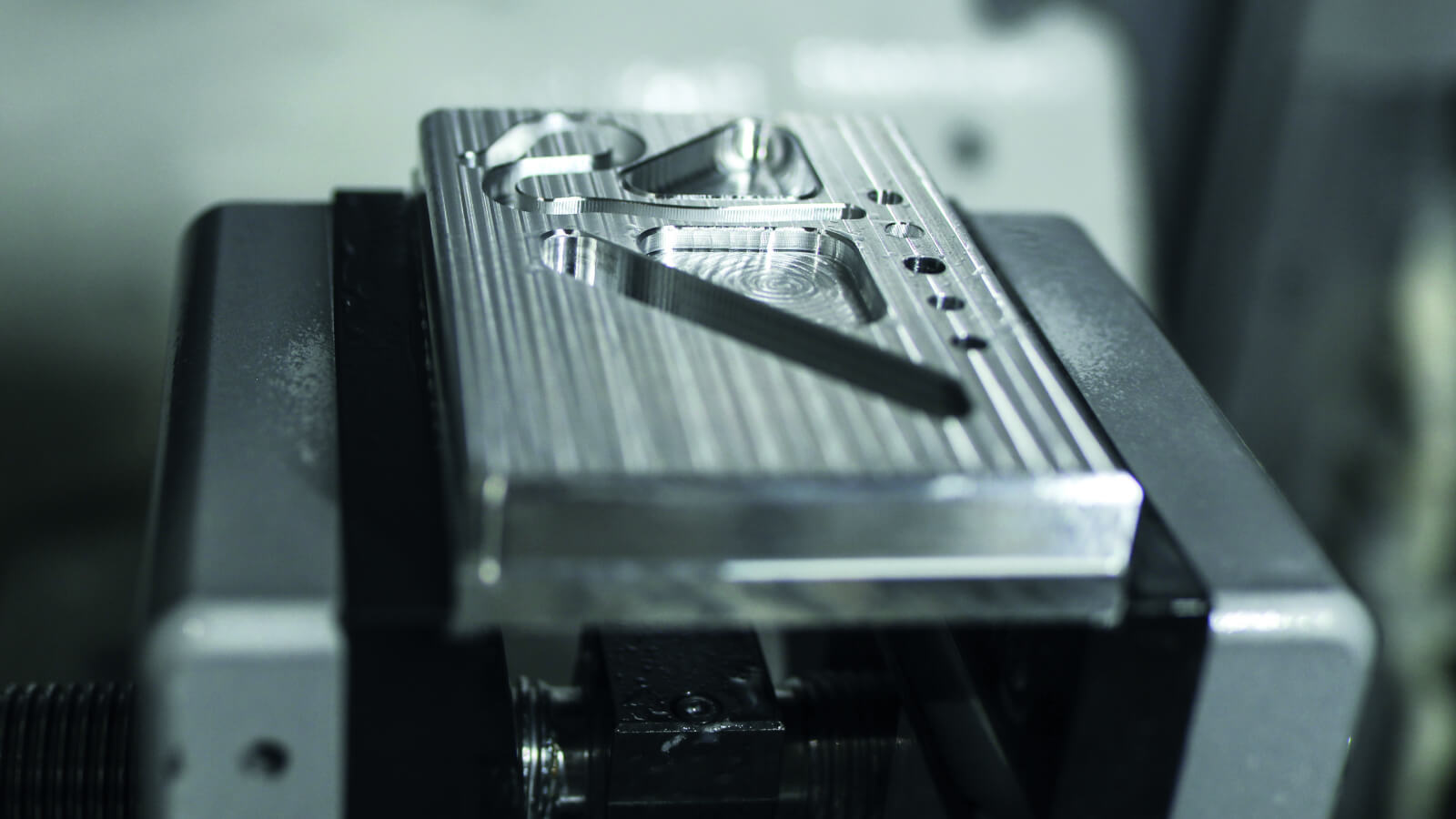
Versatile material opens up opportunities for machinists and manufacturers
Electromobility, classic vehicle construction, aerospace, construction, mechanical engineering, electronics, air conditioning and solar technology, packaging and more – we encounter aluminum almost everywhere. From smartphones to bicycles to garden chairs, there is hardly an area of technology and daily life in which aluminum products are not used. And the potential is far from exhausted. According to numerous forecasts, the use of the light metal will continue to increase. An opportunity for machinists and tool manufacturers to open up new markets.
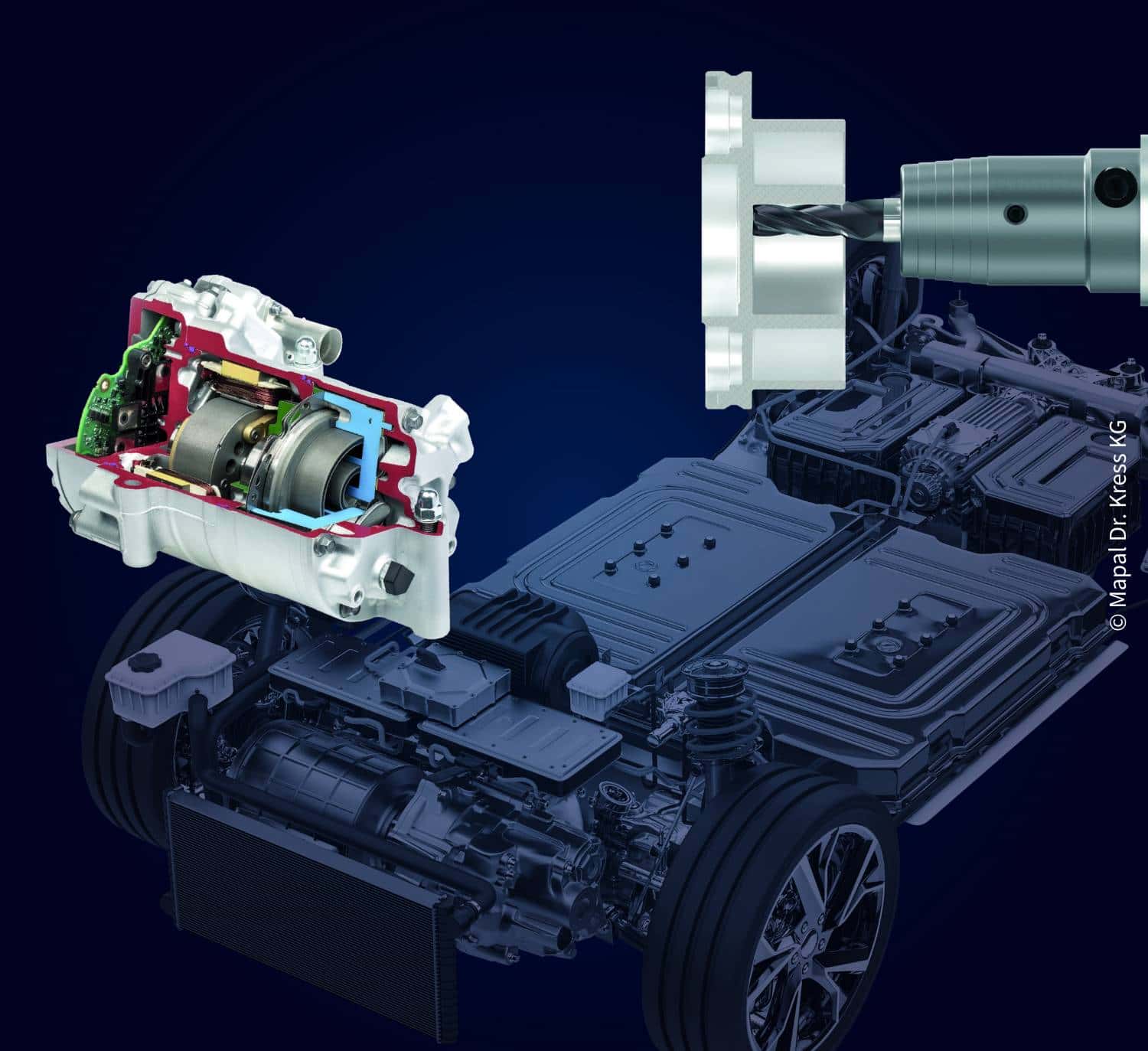
Prof. Dr.-Ing. Jürgen Rainer Hirsch, Associate Professor at the Institute of Physical Metallurgy and Metal Physics at RWTH Aachen University and one of the world’s leading experts on the light metal, is convinced that aluminum is the material of the future. But what’s the reason for that? “For one thing, as the third most abundant element in the earth’s crust, it is available in almost unlimited quantities. And for another, it is very easy to recycle – often without any loss of quality. Around 75 percent (approximately 750 million metric tons) of the aluminum ever produced is still in use today and forms a resource bank for the future. In the process, remelting requires only 5 percent energy and metal loss is low,” Hirsch says. “This large availability is important because of the excellent material properties: Aluminum is very light – only one-third the density of steel – and, as an alloy, extremely strong and resilient. It is easy to form and process, immediately forms a protective oxide layer when scratched, and conducts electricity and heat. It can therefore be used in a wide range of applications: Wherever weight savings, protective function, stability and corrosion resistance are required, aluminum is the first choice.”
Prof. Dr.-Ing. Jürgen Rainer Hirsch
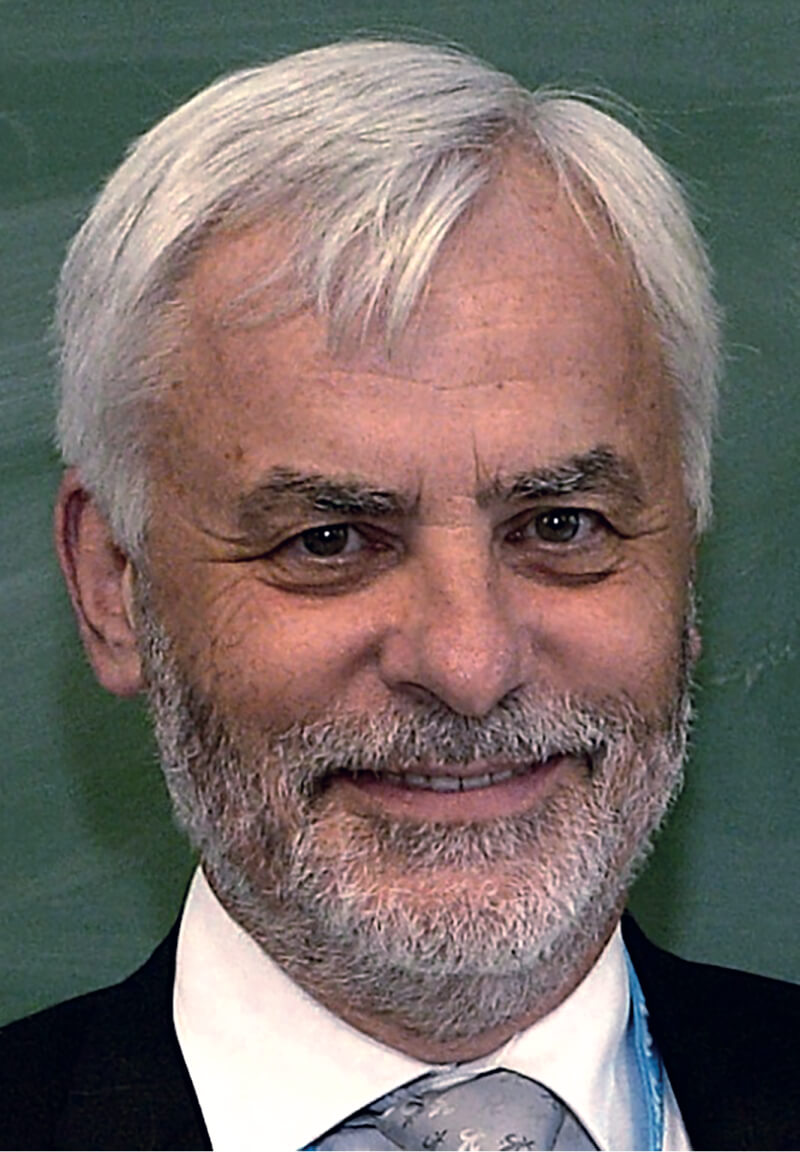
Numerous research and development projects in his professional career have made Prof. Dr.-Ing. Jürgen Rainer Hirsch one of the leading experts on all aspects of aluminum. He began his studies in metallurgy at RWTH Aachen University. His graduation was followed by a doctorate and post-doctorate. After a 10-year university career, he moved to the aluminum industry (Alcoa, VAW, Hydro). Since 2001 he has been an adjunct professor at the Institute of Physical Metallurgy and Metal Physics at RWTH Aachen University.
Today, with his company Aluminium Consulting, the internationally recognized scientist advises companies on aluminum metallurgy, production, use and the like for a wide range of applications, and also offers further training on the subject of aluminum materials. Hirsch is, among other things, senior scientist and consultant for SPEIRA Aluminium GmbH in Bonn and CTO of HoDforming GmbH in Düsseldorf (www.hodforming.com). He is involved in various industry and university committees and is co-founder and co-author of the e-learning tool “AluMatter”.
The strongest growth market for the use of aluminum at present is the transportation segment, followed by construction, electrical applications and packaging. Aluminum is the ideal lightweight for significantly reducing the weight of aircraft, cars, buses, trucks, trains and ships without compromising safety. Compared with steel components, for example, aluminum components usually weigh only half as much. This reduces fuel consumption and CO2 emissions. It also improves handling. It’s no wonder that the light metal is used almost everywhere in vehicles – from the body, tailgates and doors to chassis, engine blocks, cylinder heads, transmissions and rims.
Aluminum is also playing an increasingly important role in electromobility. Jürgen Rainer Hirsch says, “Weight reduction through aluminum is a cost-effective way to extend the range of the electric vehicle and will thus become a key factor for electric vehicles to achieve market acceptance, growth and profitability. The metal’s good thermal conductivity also makes it ideal for manufacturing battery trays, as it allows for better temperature control.”
At a glance: Aluminum…
- is very light (specific weight of 2.7 g/cm3);
- is stable and resilient (alloys e.g. with Mg, Si, Cu, Mn have tensile strength Rm up to 700 MPa);
- is very corrosion resistant;
- is a good conductor of heat and electricity;
- has good reflective properties for heat and light;
- can be formed and processed well;
- is impervious, non-toxic and odorless;
- does not burn (only as a very fine powder);
- is available in almost unlimited quantities;
- is easy to recycle.
The right alloy for every application
In order to meet the different requirements, the chemical composition and processing of aluminum alloys are adapted to the respective application. The mechanical properties of Al alloys differ significantly from those of pure aluminum. In particular, tensile strength and yield strength are significantly increased by adding elements like magnesium (Mg), silicon (Si), manganese (Mn), zinc (Zn) and copper (Cu) (Rm 300 to 700 mPa).
The naturally hard Al-Mg alloys are used, for example, as sheet metal moldings and structural parts in automotive chassis and body-in-white, as well as high-speed ships. The most important materials for general lightweight construction, for example for sheet-metal formed parts as exterior parts of the automobile body, are the age-hardenable Al-MgSi alloys. They are also particularly suitable for the production of complex shapes, for example for applications in the construction industry, in electrical engineering and in many everyday objects as well as, for example, in rail vehicles such as the ICE trains 1 to 3.
With very sharp cutting edges, aluminum can be machined well in principle, but it tends to built-up edges. In addition, different alloy components also require different coating specifications. Some alloys are more easily machinable than others. Matched precision tools ensure the best machining results.
Prof. Dr.-Ing. Jürgen Rainer Hirsch
Al-ZnMg alloys without copper can absorb energy well and are therefore increasingly used in crash elements and bumpers in automotive construction. Due to the high demands on material quality, design and processing, high-strength Al-Cu and Al-ZnMgCu alloys are used in the construction of aircraft and spacecraft, but also in tool and mold making and in the production of fasteners such as screws and rivets.
Machining aluminum for high quality
“Cast aluminum alloys are very easy to cast. That is probably also the reason why they are so frequently used in lightweight construction. Around 80 percent of all aluminum castings in Germany are made from recycled aluminum. The material meets high requirements in terms of strength and toughness, for example for safety parts in vehicle construction. The most important component is probably the silicon (Si) for high flow and mold-filling properties,” says Hirsch. Often, these castings have to be reworked using machining operations to improve the accuracy of fit.
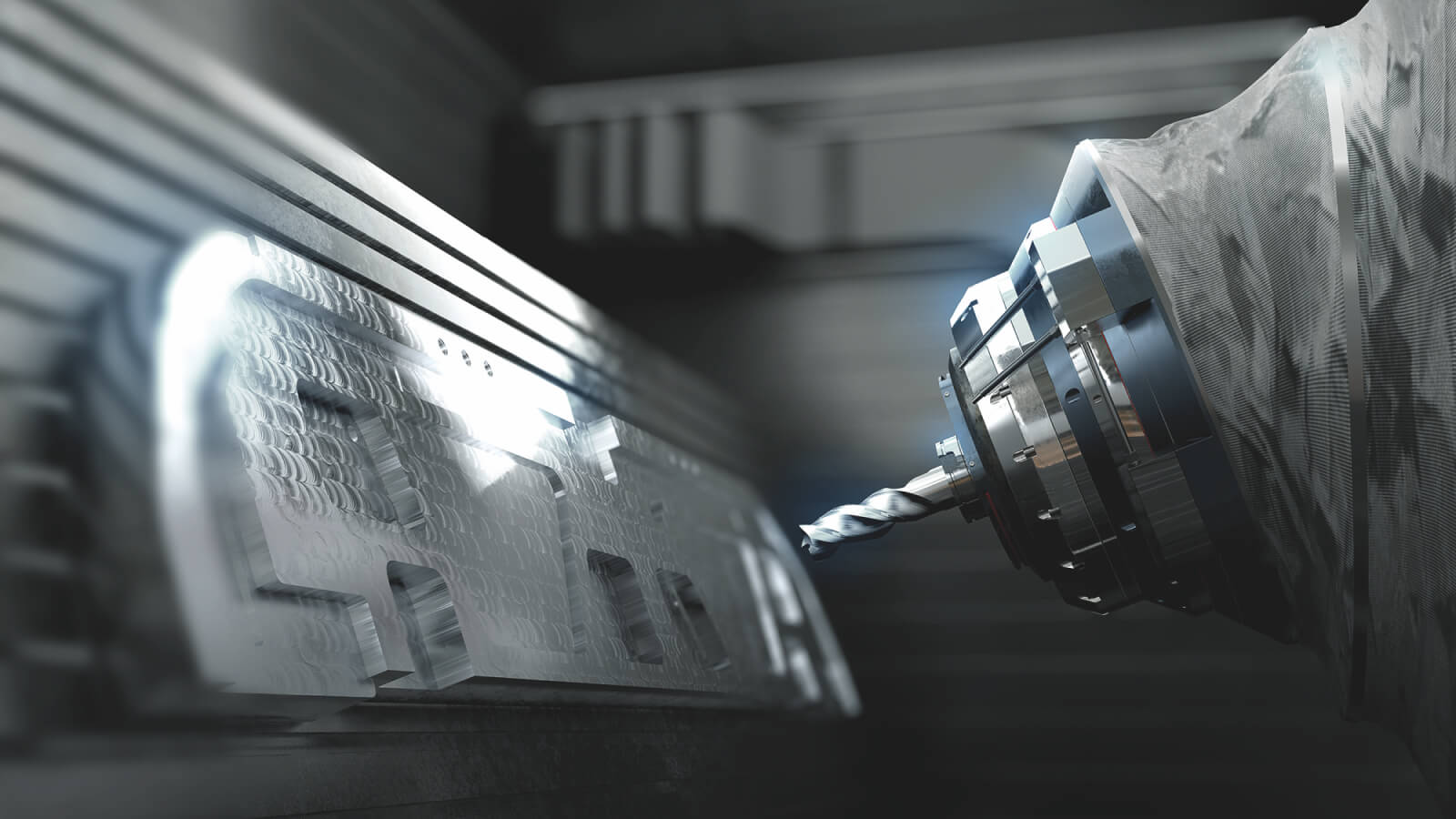
In principle, aluminum can be machined using all metal-cutting processes. This is particularly important in aircraft construction. Here, for safety reasons, very high demands are placed on the components, of course. For this reason, smaller components are often not simply joined by welding, but the complete component is milled from the solid. Cell phone shells are also made of traditional aircraft alloys and are produced by milling. This is because very smooth surfaces are required for perfect haptics. This is only possible in this quality with machining.
But what is important to consider in the machining of aluminum?
With very sharp cutting edges, aluminum can be machined well in principle, but it tends to build up. In addition, different alloy components also require different coating specifications. For example, an aluminum alloy with silicon can be machined better than one with lithium. That’s where special solutions are needed. “That’s why it’s so important that we, as coating experts, also keep ourselves constantly up to date on material trends, tool geometries and machining strategies and work together with experts from a wide variety of sectors. Because only if we know where and how our coatings are used can we develop solutions precisely tailored to the application. The basis and 50 percent of a coating are our coating materials, such as AluCon®. The other 50 percent is made up of various factors, such as coating thickness, tolerance, pretreatment, finishing and more. Such coordinated solutions then ensure long service lives, excellent machining results and economical production,” adds Manfred Weigand, Product Manager Round Tools at CemeCon.
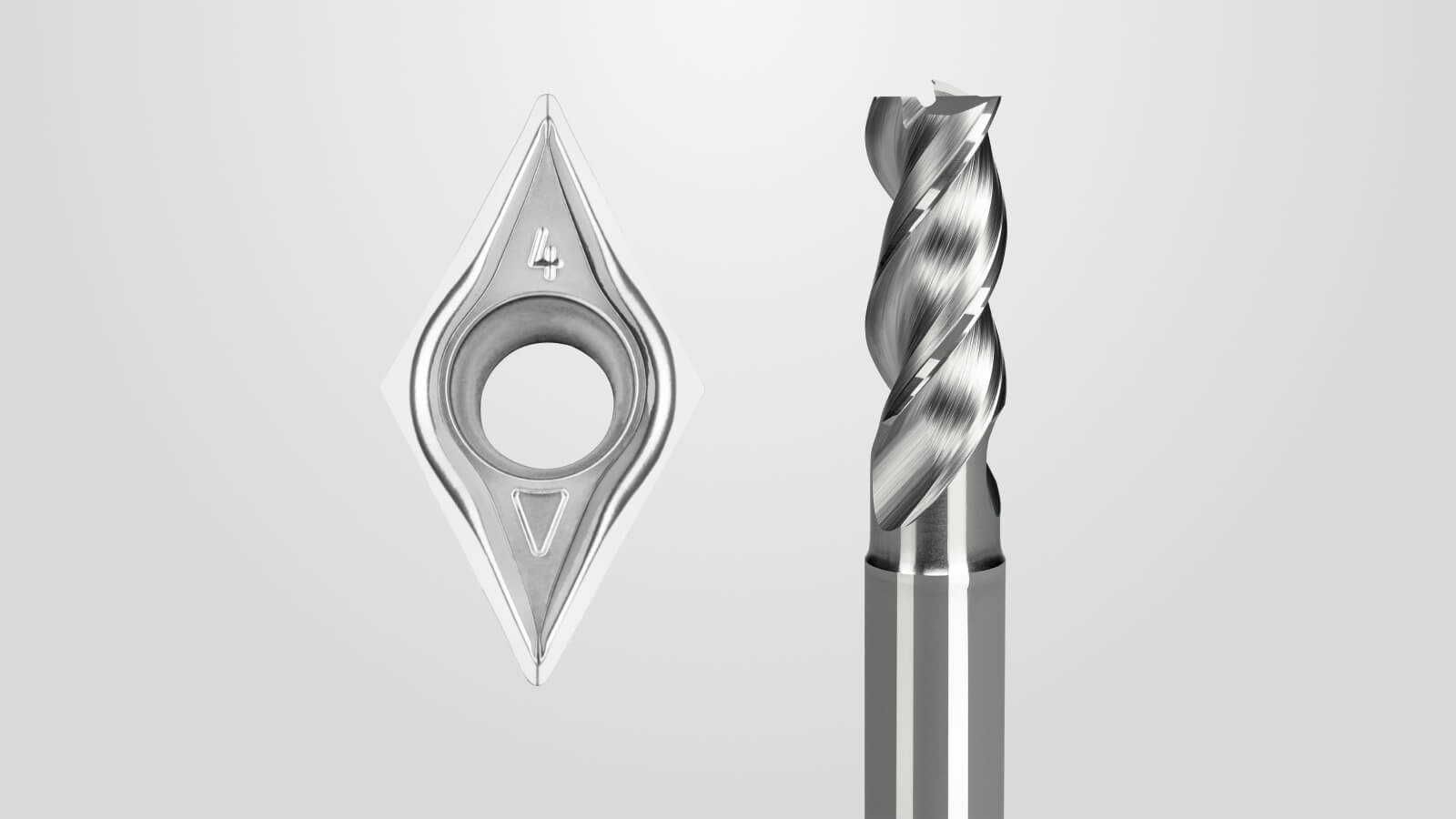
AluCon® – perfect for machining aluminum
The HiPIMS coating material AluCon® is based on TiB2. The low affinity to non-ferrous metals and the high hardness make the coating materials such a success in the machining of aluminum, copper and titanium. The HiPIMS process ensures high coating adhesion, density and hardness.
Thanks to the coating thickness of 2 µm and the fine crystal structure, AluCon® is particularly suitable for aluminum machining with sharp cutting edges. The HiPIMS coating material provides excellent protection against built-up edges. The extremely smooth coating surface ensures optimum chip removal. Thanks to the reduced friction, the temperature in the cutting process is reduced. The dense, closed layer structure also successfully reduces diffusion and thus wear at high operating temperatures. The result: significantly longer tool life. The very good adhesion coupled with the high hardness of 5,000 HV0.05 and better ductility enables top performance in wet and dry machining – and that with increased cutting data. Thus, tools with an AluCon® coating achieve top performance when machining aluminum, copper and titanium.
Materials:
Aluminum, titanium, copper and other non-ferrous metals
Composition:
TiB2-based
Max. operating temperature:
1,000 °C
Color:
Silver
Coating thickness:
2 µm
Tool types:
Drills, milling cutters, reamers, threading tools and cutting inserts
